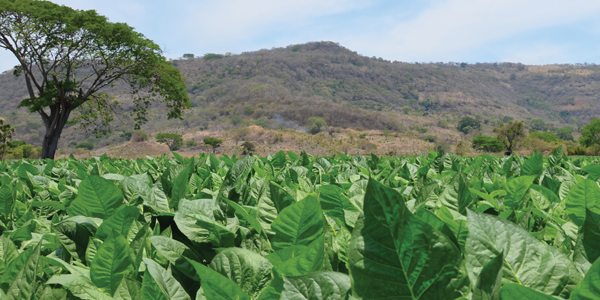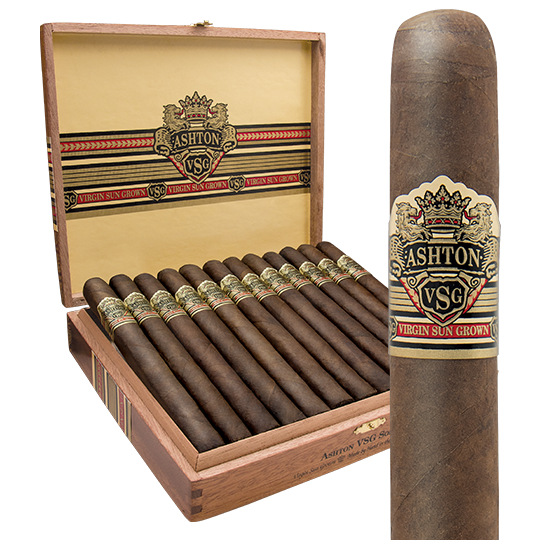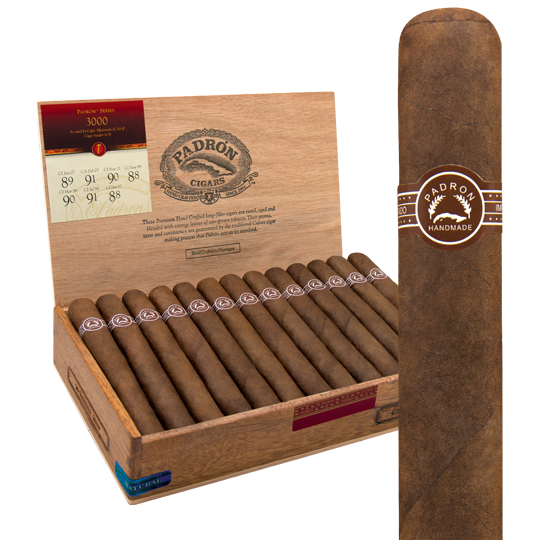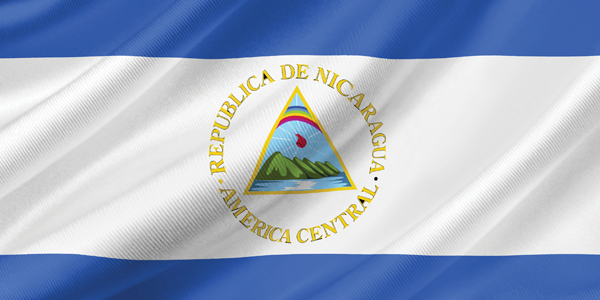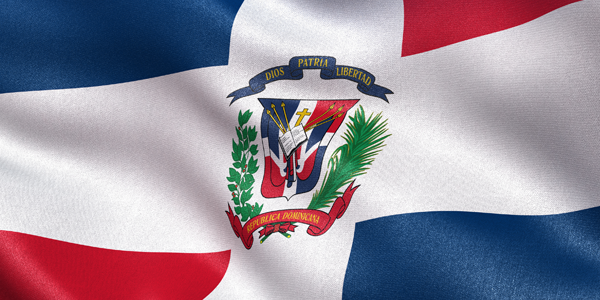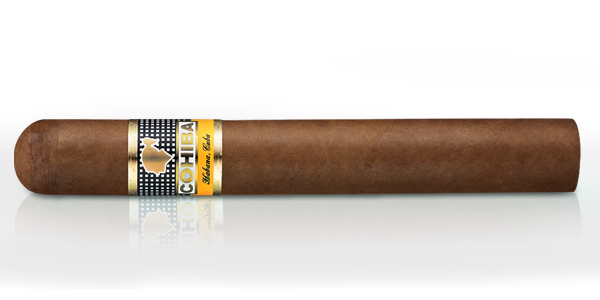Differences Between Nicaraguan vs. Dominican Cigars
The great majority of premium cigars produced for the U.S. today come from the Dominican Republic and Nicaragua. Cigar Aficionado reports imports of premium cigars were up 9.8 percent in the first 11 months of 2018 over the same period for 2017. In recent years, Nicaragua has produced the most cigars. Through November of 2018, Nicaragua exported 158.3 million to the U.S., while we imported 107.9 million from the Dominican Republic during the same period. Because a number of prominent brands hail from each nation, we’re going to take a look the key differences between Dominican and Nicaraguan cigars.
It’s important to point out, when we assign nationality to a cigar, we’re referencing its country of origin, meaning where the cigar is actually rolled. Premium cigars can contain tobaccos from many different tobacco-growing regions and countries.
Popular Dominican Cigars
Following the Cuban Trade Embargo, an exodus of cigar-makers settled in the U.S. and throughout Central and South America with the hope of re-establishing their historic tobacco-growing operations. Civil and political unrest in the 1970s and ‘80s in nations like Nicaragua and Honduras led many cigar-makers to settle in the relative stability of the Dominican Republic.
Today, many of the most celebrated cigars in the world are handmade in the Dominican Republic, including Arturo Fuente, Ashton, Macanudo, and Davidoff, in addition to several Cuban-heritage labels like Cohiba, Montecristo, Romeo y Julieta, and H. Upmann.
Historically, Dominican cigars have been closely associated with creamy and milder flavor profiles. The Cigar Boom of the 1990s and consumers’ broadening tastes for stronger cigars changed that. The original Ashton blend and Arturo Fuente Chateau Series deliver iconic Dominican tasting notes of nuts, coffee beans, cocoa, oak, and cedar in a number of mild and extremely popular shapes. Macanudo Cafe has always been considered a very mild easygoing cigar and is still a first cigar for many new enthusiasts. You’ll find a number of the best Dominican cigars finished in Connecticut Shade, Connecticut Broadleaf, and Ecuador wrappers.
More full-bodied blends emerged in the wake of the Boom like Ashton VSG and Fuente Fuente Opus X – both of which exemplify the incredible range of tobaccos that can be grown in the Dominican Republic. Legendary cigar-maker Carlito Fuente blends both brands and is the largest producer of premium Dominican cigars in the industry. He is considered a pioneer and was the first cigar-maker to successfully grow a Dominican Puro – a cigar crafted entirely from Dominican tobaccos, including the wrapper leaf. The Fuente family’s renowned Chateau de la Fuente estate is where the wrappers for Opus X and Ashton ESG are grown. Both cigars are rich, complex, and full of woody spices with tasting notes that include graham cracker, nougat, black pepper, and leather.
Key Tobacco-Growing Regions in the Dominican Republic
The Cibao Valley represents the Dominican Republic’s chief tobacco-growing region. Within Cibao, between the northern Cordillera Septentrional mountains and the Cordillera Central range to the south, is the Yaque Valley. There, the areas of Navarette, La Canela, and Villa Gonzalez produce some of the most complex tobaccos grown in the world. Deep topsoil, abundant sunlight, and natural drainage combine with the Yaque Valley’s microclimate and cool afternoon breezes to create an environment where tobacco plants flourish. A series of canals irrigates the drier fields of Navarette, while southwest of Villa Gonzalez, more tropical conditions influence the nutrient-rich soils of Jacagua.
Divergent microclimates found in each tobacco-producing region in the Dominican Republic impart real distinctions in the tobaccos grown there. That’s why such variations in complexity exist in the many Dominican cigars made today.
Popular Nicaraguan Cigars
When the Sandinista revolution receded in Nicaragua in 1990, cigar-makers slowly began to return to the country to make cigars again. Many had been there in the 1960s and ‘70s following the Cuban embargo. The country’s rich volcanic soils are known to mirror those of Cuba.
My Father, La Aroma de Cuba, Padron, San Cristobal, Oliva, Rocky Patel, and Perdomo represent just a handful of the brands celebrated for producing the best Nicaragua cigars. Padron has maintained a presence there for decades. The brand’s introduction of Padron 1964 Anniversary cigars really called attention to Nicaragua in the late 1990s. When famed Cuban cigar-maker Jose ‘Pepin’ Garcia made his way to Nicaragua via Miami in the early 2000s, his portfolio experienced meteoric popularity with La Aroma de Cuba, San Cristobal, Tatuaje, and of course his award-winning My Father and Flor de las Antillas brands.
In addition, many prominent Dominican manufacturers have migrated into Nicaragua to release Nicaraguan blends within their portfolios. That’s why you’ll encounter a variety of Nicaraguan editions from Montecristo, Romeo y Julieta, Davidoff, Cohiba, and even Macanudo. The Fuente family has already broken ground on a Nicaraguan factory.
Not all Nicaraguan cigars are strong, but the region is known for its potent tobacco crops. Consumers’ thresholds for full-flavored, full-bodied profiles has increased in recent years as well thanks to the high ratings showered on potent blends like My Father Le Bijou 1922, Oliva Serie V, and La Aroma de Cuba Mi Amor. Rich, earthy spices and notes of leather, cayenne, espresso beans, and dark chocolate show up in a number of the bestselling Nicaraguan smokes. Cuban-seed wrapper varietals grown in Ecuador are prized by the talented cigar-makers who blend with Nicaraguan tobaccos. Wrappers from San Andrés, Connecticut, and of course Nicaragua are also found on a number of the top-rated Nicaragua cigars. Some of the highest rated cigars to date include famous Nicaraguan Puros from Padron, Flor de las Antillas, and My Father.
Key Tobacco-Growing Regions in Nicaragua
The country’s three key tobacco-growing regions are Estelí, Condega, and Jalapa. The dense, jet-black soil of Estelí yields tobacco with thick leaves and strong flavor. Spicy, Ligero fillers and binders are favored here as well as Sun Grown leaves for wrappers.
Condega is a valley north of Estelí with a rougher and mineral-rich soil. Its tobaccos are both powerful and sweet and display a thinner texture.
Granular, reddish-brown soils can be found even further north in the Jalapa valley. Here, the color of the dirt is most reminiscent of Cuba’s Pinar del Rio. Its plants are rich, aromatic, and refined making them ideal for the production of wrapper leaves.

